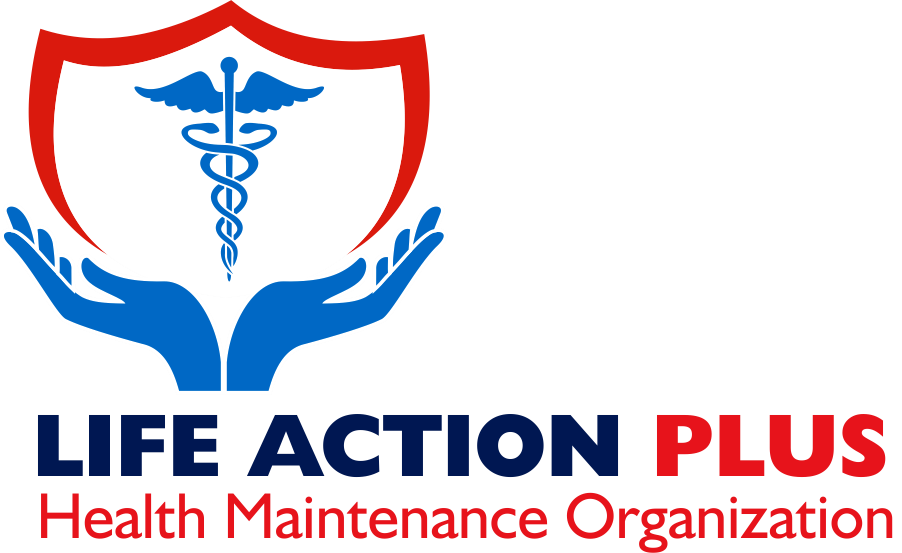Much like Rome, alcohol addictions are not developed in a day. However, the timeline for alcohol addiction differs by individual. It takes just a couple of drinks for some to get hooked, while the build-up in gradual consumption leads to addiction for others.
To stop it before it causes more harm, we must address the risk factors and stages of the disorder (Alcohol Use Disorder)
Who is at risk?
Several environmental, educational, career, genetic, age, social, and psychological conditions increase your risk for problematic drinking.
Studies have shown that difficult life circumstances, like abuse or poverty, can increase the chance of alcoholism.
Sometimes, alcohol dependency can mask underlying mental health conditions, like depression. Other factors include easy access to alcohol, peer pressure, being the child of an alcoholic parent, culture, work influences, income, and use of other substances.

What Are the Stages?
More often than not, problematic drinking evolves in stages. They are:
Pre-Alcoholic: The die is cast. You’ve just been introduce to the delightful effects of strong drink and it feels good. Your tolerance starts building up.
Early Alcoholic: You want more of the good stuff. Not too much though. Just enough to feel tipsy and still be able to find your way home. You start incorporating it into a habit, and your tolerance level grows even further.
Middle Alcoholic: The blackouts have started. They’re calling you a drunkard & you don’t like that. Hence the new hobby of drinking in secret. It is affecting your daily life. You keep thinking of quitting, but you just can’t stop.
Late Alcoholic: It is now a problem. It is affecting your work, relationships, and your health. Symptoms like poor hygiene, jaundice, alcohol on the breath, and looking more aged might already be manifesting. Chronic health problems like liver cirrhosis may appear.
Recovery: You decide to get help.
Problematic drinking can be treated in several ways. The process often begins with physical detoxification by qualified professionals, after which, enrolment in a rehabilitation facility might be recommended.


